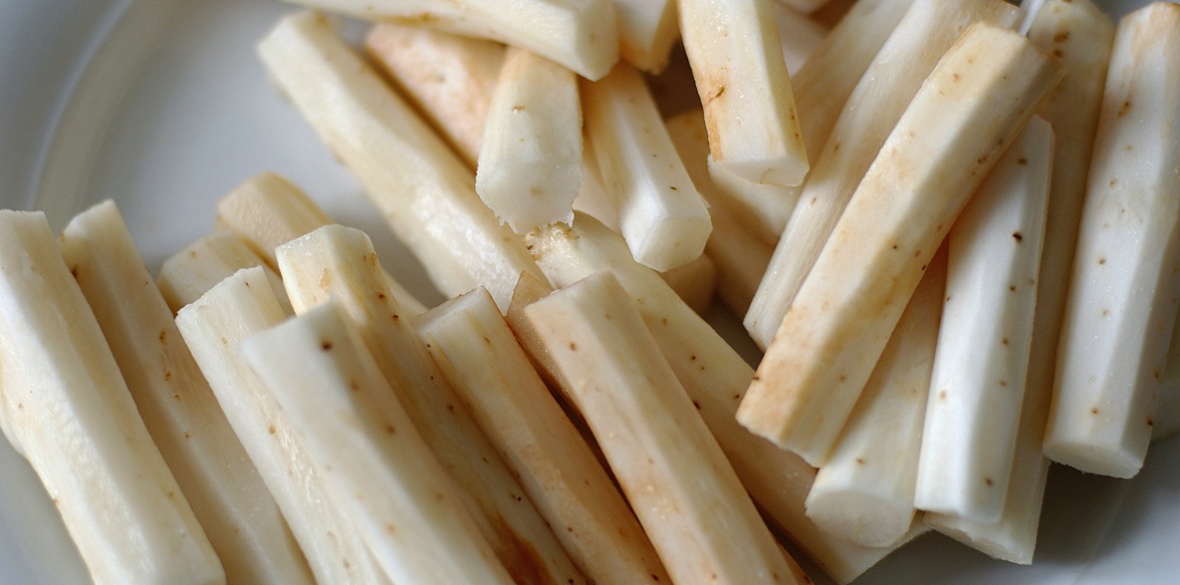This is the last article you can read this month
You can read more article this month
You can read more articles this month
Sorry your limit is up for this month
Reset on:
Please help support the Morning Star by subscribing here
SCORZONERA belongs to that group of root crops which are listed in almost every seed catalogue, and described in almost every gardening book, but aren’t actually grown all that often in gardens or allotments.
I’m not sure why that is. Scorzonera isn’t difficult, and it’s a versatile vegetable with a pleasant, if not especially strong, flavour.
Perhaps it’s simply that folk have better things to do in the winter than dig long roots out of cold soil and then scrape the frozen mud off them in the kitchen sink.
Can’t imagine it myself, but I’m told there are such people.
April and May, once the ground has warmed up a bit, are the best times for sowing the large, easily handled seeds.
You do need a good soil to grow scorzonera, as the edible root will usually reach 12 inches (30cm) in length, and can go down a lot further than that. As well as depth, this crop requires fairly rich and moisture-retentive soil.
Sow the seeds directly, making a groove in the soil about half an inch (1.25cm) deep and setting three seeds every six inches (15cm) along it before replacing the soil to cover the seeds.
As the seedlings develop, remove all but one per set so that you end up with a six inch (15cm) gap between each plant.
Keep the plants watered and weeded, but apart from that you can ignore them until mid-late autumn.
Having said that, once the seedlings are a few inches tall it can be worth mulching around them with compost to keep moisture in the soil and reduce the need for weeding.
For the best flavour, leave the roots in the ground until you want to eat them.
The problem with that is that they can be difficult to extract from frozen ground without snapping them off, so the alternative is to dig them out before Christmas and store them whole in a garage or shed in boxes of sand.
Sometimes known as black salsify, because it’s grown and cooked in much the same way as salsify but has a black skin, scorzonera has a slightly different taste and tends to have straighter roots, which can be easier to prepare.
The usual cooking method is to scrub the roots clean, then boil or steam them for about 10 minutes, and then drop them into cold water. At this point the skin should peel off easily.
Peeling them before cooking loses a lot of the flavour. They can then be used, whole or chopped, as vegetables in their own right or as ingredients in all manner of dishes, including salads. There are lots of recipes for scorzonera online.
And if you don’t like the roots, you could always grow the plant as a perennial leaf vegetable instead. Its green, strap-shaped leaves are eaten when young, either as they are or blanched in situ like chicory.
The flower buds, cooked like asparagus, are delicious, and even the attractive, dandelion-like flowers themselves are edible.












